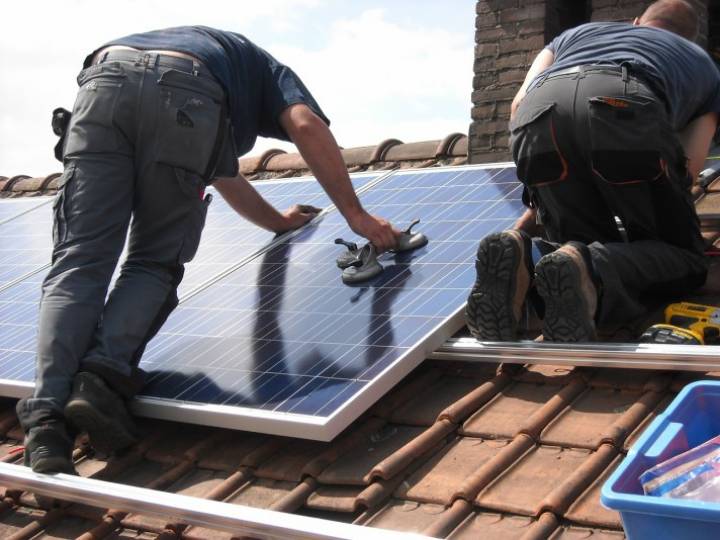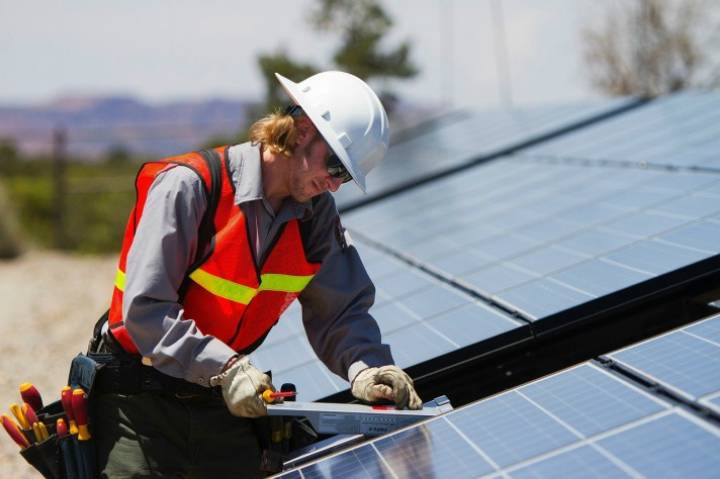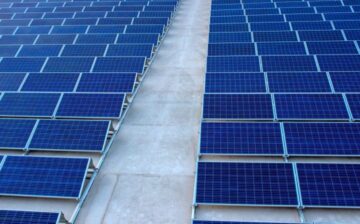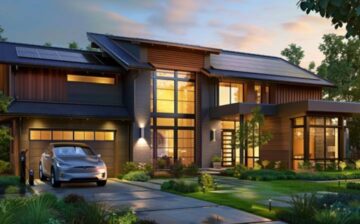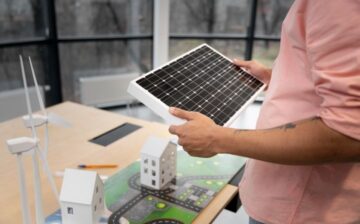Transitioning to solar power might very well be one of the best decisions you’ve ever made for the future of your household and your family. Especially, if you’re looking to protect your investment after buying your first home and moving in. The potential to generate long-term financial savings while at the same time aiding the preservation of the environment and minimizing your energy consumption can significantly elevate your quality of life and positive impact your budget, so if you’re on the fence, now’s the time to take the next step towards a complete solar retrofit. Here is your Step by Step Guide on Getting a Home Solar Power System:
That said, it’s not like you can just spring for the first deal that pops up on Google, because after all this is a grand financial investment. Meaning, that you have to do your research and find the best solar system for your property and your long-term needs. With that in mind, let’s take a look at the key considerations that you need to take to heart when you’re about to invest in a home solar power system.
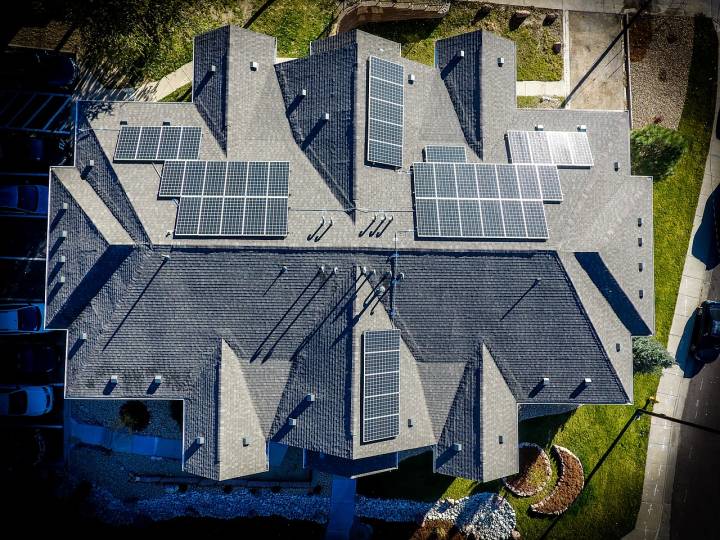
Whats the best Home Solar Power System?
Assess whether or not your home is suitable for solar
Fortunately for you, the modern homeowner, solar systems have come a long way over the years and are nowadays more efficient and effective than ever before. Modern solar panels are manufactured to work in all climates and gather clean energy for your home efficiently, despite the potentially adverse weather conditions that may occur in Florida – so you don’t have to worry if your region is getting enough sunny days during the year. However, this still might not mean that your home is suitable for a solar system.
Anchor text: clean energy for your West Palm Beach home.
Typically, technicians won’t be able to install solar panels if your roof is old and worn out, or if there are too many tree branches casting a shadow on the roof. What’s more, the orientation and slope angle of the roof plays an important role here, as it’s best that your roof faces the south pole and is sloped between 15 and 45 degrees. Ideally, your roof will check all these boxes and it will be in sound structural condition – if not, make sure to fix the roof before proceeding.
Decide whether solar is a good investment for your home
Installing a solar power system costs between $12,000 and $16,000 on average, including the federal solar tax credit. Although this is a hefty price, it’s 70 percent less than just 10 years ago. For many homes, solar panels can pay for themselves after four to eight years. Besides saving the cost of electricity from the utility company, in many states, you can sell any excess electricity your solar power system generates during the day back to the utility company.
You can check online to get an estimate of how much solar panels would cost for your location. Many loan programs enable you to install solar panels with small or no down payment, so you can start saving immediately. Solar loans are preferable to solar leases because with solar loans you get the tax credits, whereas with solar leases the leasing company gets the credits.
Choose an appropriate solar power system
The simplest and least expensive solar power systems are grid-tied systems. They’re the lowest cost, so they offer the best payback. But they don’t have backup power and simply switch off when the electrical grid goes down. Nowadays, many people choose hybrid systems with batteries, so they have backup power if the grid goes down. The battery is an added cost but may be worth it if your area experiences frequent blackouts.
Decide on the right panel type
It should come as no surprise that the solar industry has had to come up with more than one solution to fit the needs of the consumers, which is why nowadays you can choose between monocrystalline, polycrystalline, and thin-film solar panels depending on your home’s requirements and your long-term plans. It is imperative that you choose the right solar panel type for your home if you are to maximize your ROI over the long term – hint, thin film is not your best option no matter how convenient they are.
By and large, whether you’re getting a solar system for your home or if you’re trying to maximize the value of a property for a flip, you should be looking at monocrystalline or polycrystalline solar panels. The former offer high efficiency and performance but also have the highest price tag, while the latter offer lower efficiency but are more affordable. Thin-film or amorphous silicon panels are the least efficient but are thinner and easier to install. It’s important that you consult with various manufacturers, but rest assured that monocrystalline panels are the way to go if you’re serious about maximizing clean energy in your home.
Every panel type has tradeoffs between price and features. Once you’ve installed solar panels on your home, you will have them for over 30 years, so choosing the right ones is essential. The most expensive may not be the best value, and the least expensive may not have the efficiency or performance you want. Consider the climate in your area. Some panel types can tolerate higher temperatures without degrading performance. Decide carefully and find the best panels for your needs. But don’t choose based only on price. Quality, efficiency, and durability of the panels are also important considerations. Another is size: larger panels produce more electricity, are more durable and easier to install, but cost more.
Don’t skimp on the solar inverter
When looking to transition to solar power, homeowners and property investors are typically over-occupied with researching solar panels and manufacturers so much that they forget about other crucial elements that make the system function efficiently and effectively. One of these components is, of course, the solar inverters. This machine is tasked with converting the DC current collected by the solar panels into the AC current you use in your home, so it’s not something you should skimp on.
Instead, be sure to research the best models and manufacturers, and try to find a zero-carbon solar inverter that is not just efficient, but safeguards the environment in the process. It’s important to research the available power sizes so that you find the most cost-effective option for your home, but don’t forget to scrutinize the manufacturers before taking the next step.
Price, warranty, and certifications
During your research, you have to keep in mind the three pillars of a good solar provider: price, warranty, and certifications. You have to make sure that your provider and manufacturer are properly certified and that they have a proven track record of satisfied customers both in the residential and commercial realms.
Don’t just look at their website reviews, rather, be sure to check for honest reviews on forums and 3rd party sites, and consider getting in touch with past customers as well. Typically, it’s better to pay a little more for a provider that has a rich and diverse portfolio and is backed by years of experience in the field. Keep in mind that your entire solar system should come with a detailed warranty, one that will guarantee the quality of the product for at least 10 years. A longer warranty indicates more confidence the manufacturer has in its products.
Don’t mount the system yourself
It should go without saying that you theoretically could mount and install the entire system yourself, but in practice this is something that you should leave to the professionals – if for no other reason, then to make sure that you don’t wave the warranty.
Manufacturers will usually make you wave the warranty if you install it yourself, and even though you might have the knowledge and the tools to do so, you still can’t guarantee that you will do as good of a job as the certified technicians. Don’t be a hero, let the pros handle it.
Expected returns on investment
Calculating your potential ROI after going solar can be a challenge, as there are many variables that go into the equation – your energy consumption habits being one of the crucial considerations.
People like to think that it’s all about the efficiency of their new solar system, but the truth is that you need to consider multiple factors, adjust your expectations, and optimize your usage to generate positive long-term returns. Be sure to work closely with your provider to figure out how much (and how to do it) you can save by going solar in your home.
Wrapping up
Switching to solar might very-well be one of the best decisions you ever made, but before you invest, you have to do your research. Be sure to take these considerations to heart in order to find the best solar system for your home and your future.
About the author: Lilly Miller is a freelance writer, who focuses on interior design, well-being and sustainable living. She loves to experiment on daring new home decor trends and write about it as a regular contributor on Smooth Decorator. Settled in Sydney for the time being, Lilly shares home with two loving dogs and a gecko named Rodney. You can find her hanging out on Twitter.
Finding Help with Moving Professionals
We hope you found this blog on Step by Step Guide on Getting a Home Solar Power System, useful. For more tips, check out this one blog 7 Budget-Friendly Ways To Soundproof Your Home.
Need to Move Furniture? With All Around Moving you don’t need to worry about any unexpected charges. We are always upfront about our prices and take pride in taking care of every need of our customers before and during the move. For a stress-free move where you don’t need to take care of anything contact us today! We are “A+” rated members of the Better Business Bureau and a member of Greater New York Chamber of Commerce & Miami Dade
Discover how uniquely priced we are compared to other moving companies in New York, NY & Miami, Florida. Get a moving quote specifically tailored to your moving needs by calling us TODAY!
Have Experience in the Moving Industry? Want an Additional Income Stream? Work With All Around Moving!
Join our team! There are no recurring expenses, except purchasing your own leads. We share profits 50-50 with you from all jobs you book with us. Click here to learn more.


